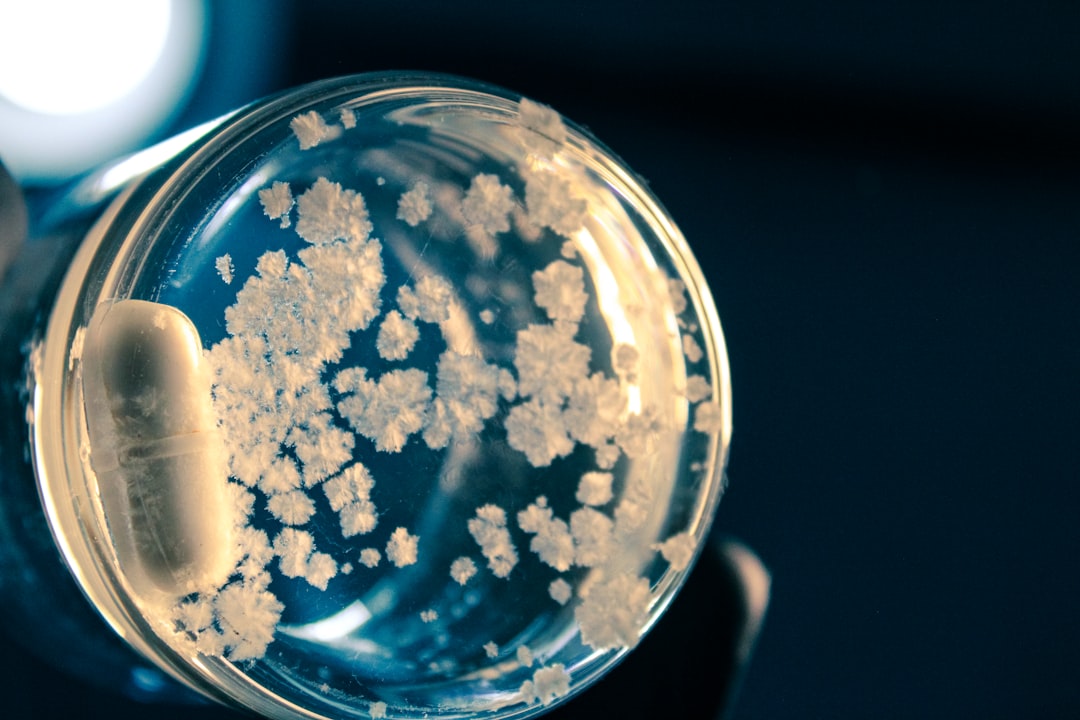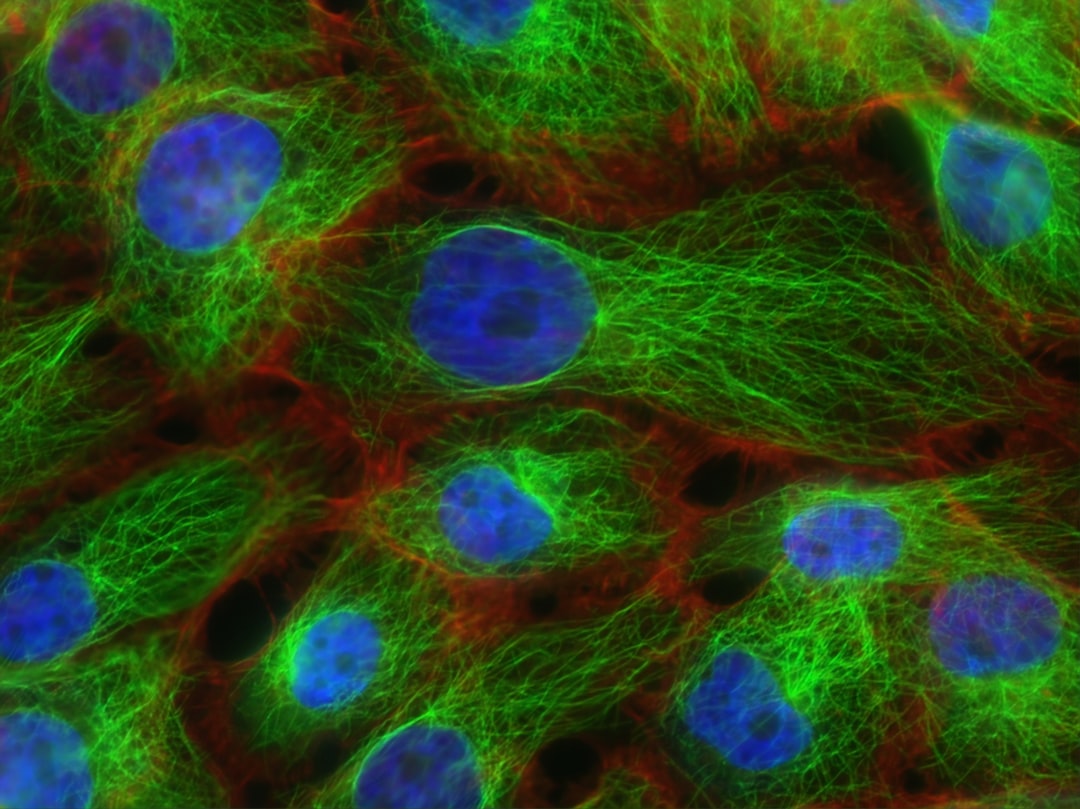What is it about?
Efficient delivery of therapeutic and diagnostic molecules to the cells and tissues is a difficult challenge. The cellular membrane is very effective in its role as a selectively permeable barrier. While it is essential for cell survival and function, also presents a major barrier for intracellular delivery of cargo such as therapeutic and diagnostic agents. In recent years, cell-penetrating peptides (CPPs), that are relatively short cationic and/or amphipathic peptides, received great attention as efficient cellular delivery vectors due to their intrinsic ability to enter cells and mediate uptake of a wide range of macromolecular cargo such as plasmid DNA (pDNA), small interfering RNA (siRNAs), drugs, and nanoparticulate pharmaceutical carriers. This review discusses the various uptake mechanisms of these peptides. Furthermore, we discuss recent advances in the use of CPP for the efficient delivery of nanoparticles, nanocarriers, DNA, siRNA, and anticancer drugs to the cells. In addition, we have been highlighting new results for improving endosomal escape of CPP-cargo molecules. Finally, pH-responsive and activable CPPs for tumor-targeting therapy have been described.
Featured Image
Why is it important?
This review discusses the various uptake mechanisms of these peptides. Furthermore, we discuss recent advances in the use of CPP for the efficient delivery of nanoparticles, nanocarriers, DNA, siRNA, and anticancer drugs to the cells. In addition, we have been highlighting new results for improving endosomal escape of CPP-cargo molecules. Finally, pH-responsive and activable CPPs for tumor-targeting therapy have been described.
Read the Original
This page is a summary of: Cell penetrating peptides: Efficient vectors for delivery of nanoparticles, nanocarriers, therapeutic and diagnostic molecules, Peptides, July 2014, Elsevier,
DOI: 10.1016/j.peptides.2014.04.015.
You can read the full text:
Contributors
The following have contributed to this page










